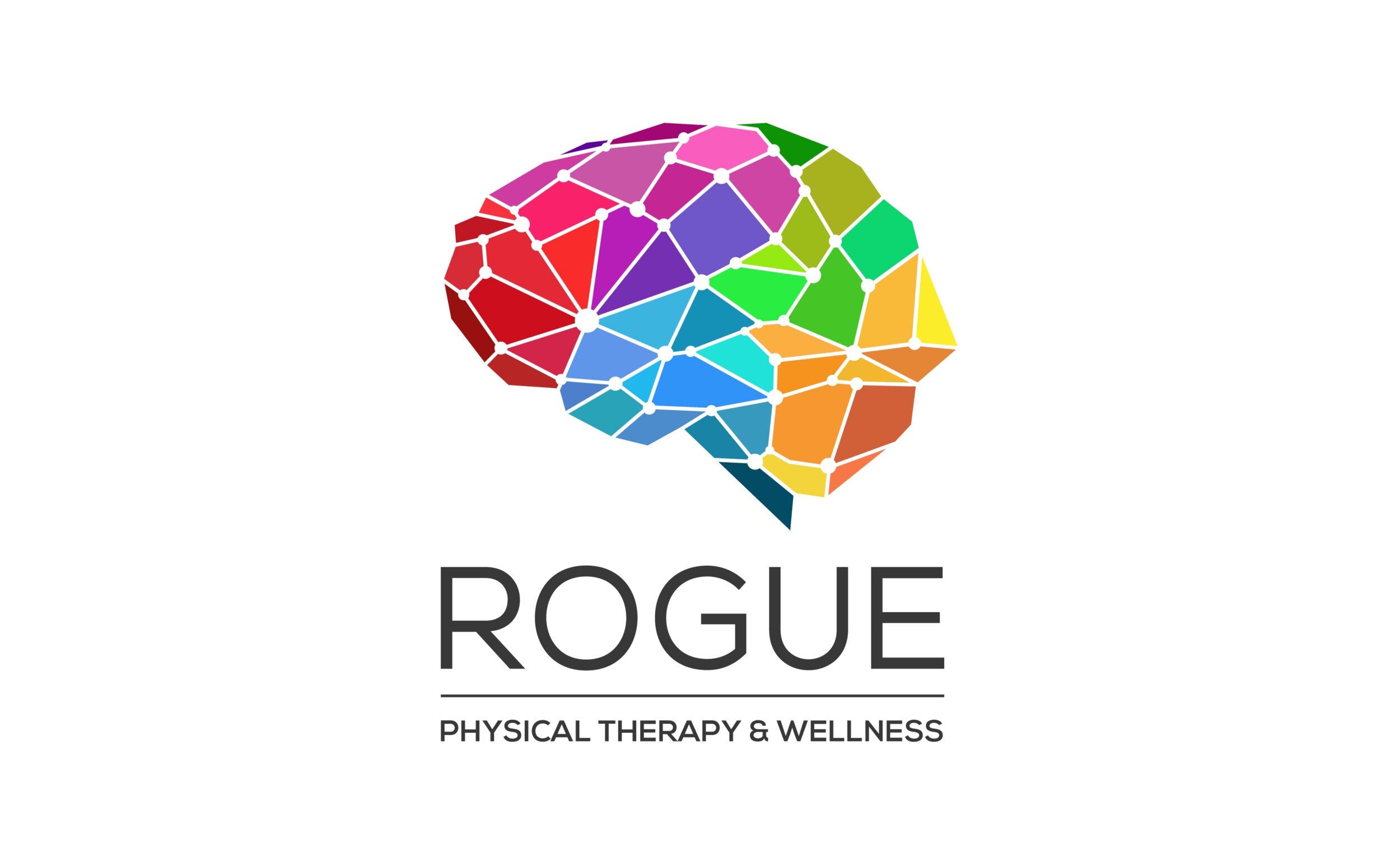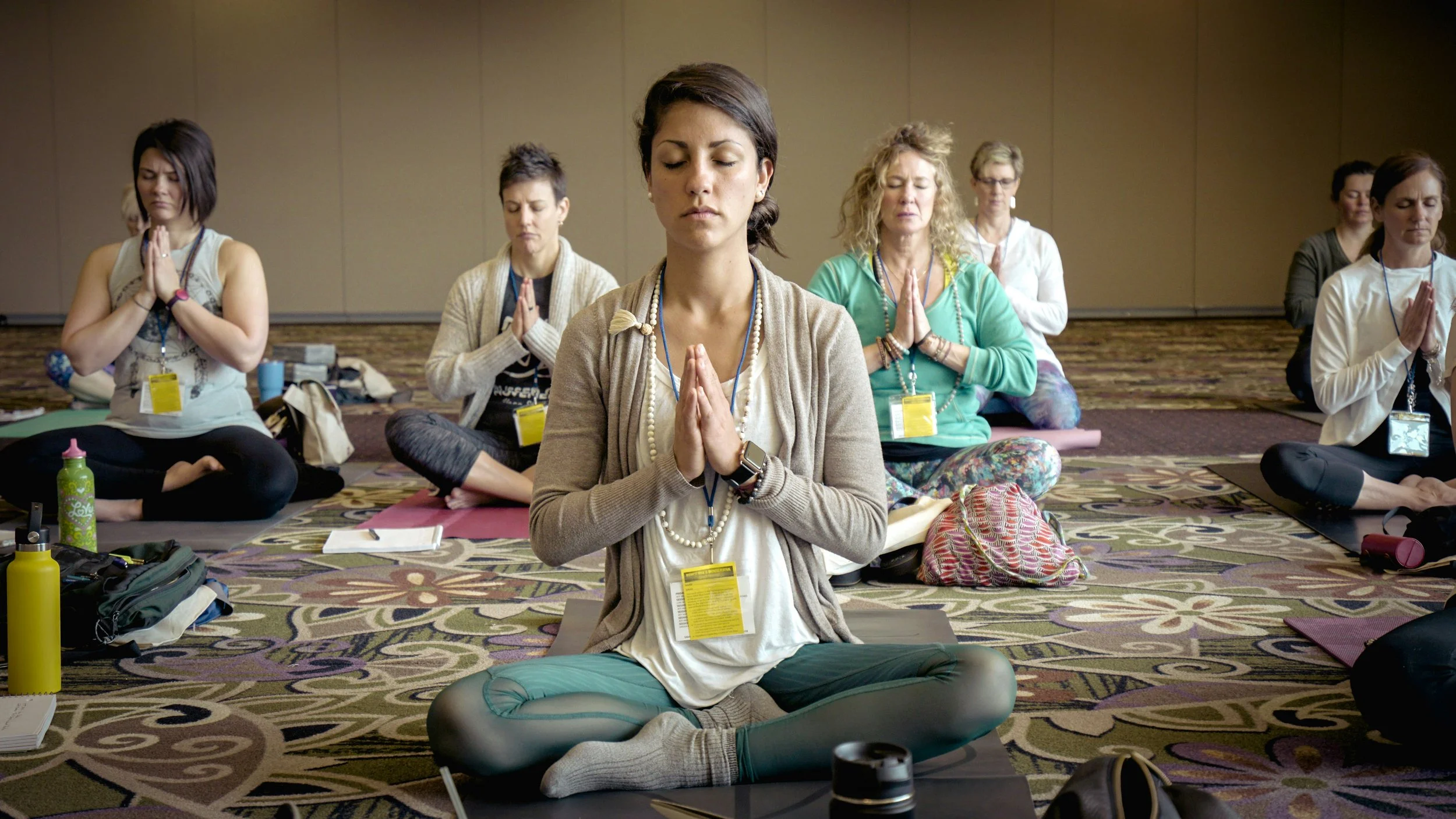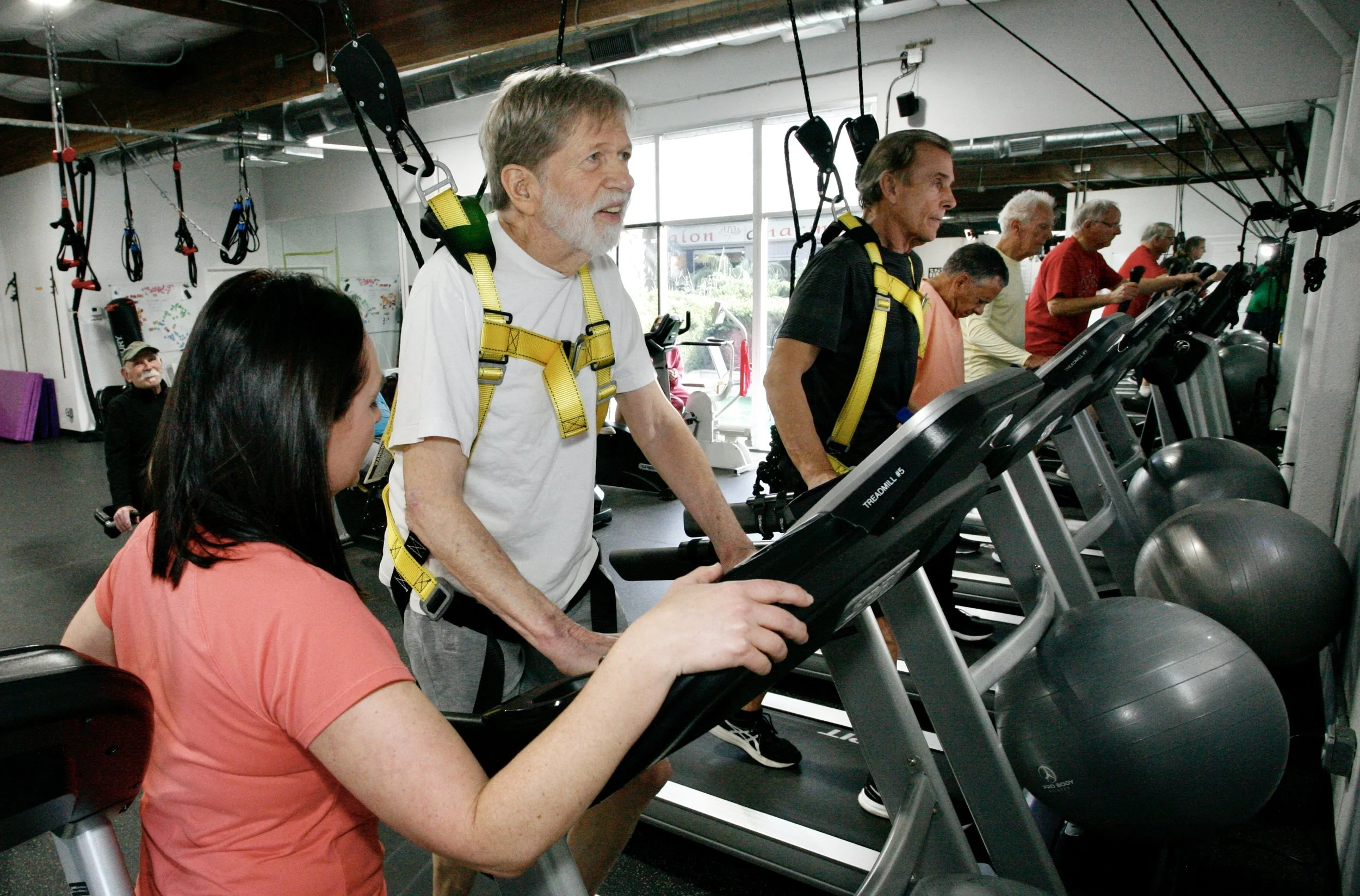Mindfulness in Motion: How Meditation Enhances Parkinson’s Care
Living with Parkinson’s disease isn’t just about dealing with tremors or stiffness - it’s about finding a way to feel steady and supported in the middle of daily changes. The truth is, Parkinson’s touches every part of life, from how you move to how you sleep to how you handle stress. That’s why people are looking beyond medication alone and turning to practices like mindfulness and meditation.
These practices might seem small at first - just a few minutes of focused breathing or quiet reflection - but research and lived experience show they can make a real difference. They help calm the body, ease the mind, and give people living with Parkinson’s practical tools to handle everyday challenges.
In this blog, we’ll talk about the unique struggles Parkinson’s brings, why stress makes symptoms worse, and how mindfulness can step in to help. Then we’ll share how our program brings mindfulness and movement together in a way that’s sustainable, supportive, and accessible for everyone.
The Problem: Living with Parkinson’s Every Day
Here’s the thing: Parkinson’s isn’t just a movement issue. Sure, tremors, stiffness, slower steps, and balance changes are the parts most people notice first. But the condition can touch almost everything: how you sleep, how much energy you have, how you think, and how you connect with others.
When energy is low, getting out for a walk is harder. When sleep is broken, fatigue follows, and everything else feels heavier. Trouble speaking or a softer voice can make conversations stressful, and it’s easy to start skipping social events. All these things connect - poor sleep makes fatigue worse, reduced activity lowers mood, and social withdrawal deepens isolation. If you only treat one piece, the rest still tugs the rope.
So what helps? Tools that look at the whole person - movement, nutrition, sleep, and stress - not just one symptom at a time. Mindfulness fits right into that bigger picture. It helps calm the nervous system and gives you ways to interrupt cycles before they spiral. Next, let’s look at how Parkinson’s shows up in ways people sometimes miss.
Mindfulness Made Simple: Everyday Practices That Work
Mindfulness is basically paying attention to what’s happening right now - your breath, your body, your senses - without judging it. That sounds modest, but it’s powerful. For people with Parkinson’s, the benefits come in two ways: lowering stress (which reduces muscle tension and can soften tremors) and increasing body awareness (which helps with balance and movement).
Here are simple practices you can start today:
Breathing exercises
Try breathing in for four counts, pausing for two, and breathing out for six. Do that for one to three minutes when you feel tense, before a walk, or before speaking. It’s a tiny habit with immediate calming effects - and it supports voice work too.
Body scans
While sitting or lying down, mentally check in with each part of your body - head, shoulders, chest, belly, legs, and feet. Notice sensations without trying to change them. This builds awareness of tension and helps you relax specific areas.
Mindful movement
Slow, intentional movement - gentle yoga, tai chi, or a focused walk - links breath and motion. Notice the way your foot lands, how your weight shifts, how your breath syncs with steps. This slows you down and makes movement steadier.
Guided meditations
If silence is hard, guided meditations are friendly. Short 5–10 minute tracks can give structure and remove the guesswork. They’re especially helpful if concentration is a challenge at first.
Daily anchors
Attach mindfulness moments to built-in routines: a mindful breath before meals, a short scan after brushing your teeth, or two breaths before standing up. Little anchors make the practices feel manageable - not another chore.
The hardest part isn’t doing these practices - it’s doing them consistently. Distractions, restlessness, or even frustration can make it tempting to quit. But mindfulness isn’t about doing it perfectly. It’s about showing up, even for a few minutes a day, and being patient with yourself.
A helpful tip is to attach mindfulness to something you already do. Take a few mindful breaths before eating, pause for a body scan before bed, or use the first minute of a walk to really notice your steps. These small anchors make it easier to build the habit without feeling like you’re adding one more “to-do” to your list.
Over time, mindfulness stops feeling like a separate practice and starts becoming part of daily life. It’s not just sitting in silence - it’s moving, eating, resting, and even communicating with more awareness.
Now let’s outline the different kinds of meditation you might try, so you can pick what fits.
Types of Meditation You Can Try
There isn’t one right way to meditate. Here are common, useful types - the same ones we discuss in class and in our resources:
Guided meditation (relaxation, sleep, topic-specific): great for beginners or when you want structure.
Focused meditation (breath, a sound, or an image): keeps attention on one point.
Loving-kindness (metta): gentle phrases to foster compassion toward yourself and others.
Mantra meditation: repeating a short word or phrase to steady the mind.
Body-scan meditation: systematic check-in of physical sensations.
Visualization: using images to create calm or confidence.
Try different types of meditation and notice what feels right for you. Some days you might enjoy a guided sleep track, while other days a short breath focus before a class works better. The key is experimenting and paying attention to what resonates.
Practice brings real benefits, but have you ever wondered why it works? Meditation impacts the mind and body in measurable ways. Let’s dive into the science behind it.
Why This Matters: The Body, the Brain, and Stress
Meditation activates the parasympathetic nervous system - the “rest and digest” branch that counters the stress response. That’s one reason people feel calmer and more recovered after breathing or meditation. Modern brain scans (fMRI, EEG) show that regular meditation can change how brain networks communicate, supporting attention and emotional regulation over time.
One slide in our presentation points to research showing how cognitive stress can blunt the effect of levodopa on resting tremor. In other words, when the brain is stressed, even medication can work less well. That’s a clear reminder: treating stress isn’t optional - it’s a meaningful part of optimizing Parkinson’s care.
Mindfulness supports the nervous system and can even enhance the effects of medication. But how do you turn it into a daily habit that actually sticks? That’s where having a clear structure comes in.
With a little planning, you can weave mindfulness into your everyday routine. Short, consistent practices often work better than long, sporadic sessions. Structure makes it easier to show up for yourself, day after day.
Your Path to Mindful Movement and Support
Managing Parkinson’s well means going beyond medication. The best approach is holistic, blending exercise, nutrition, therapy, and stress management into a lifestyle you can sustain. A healthy diet fuels your body. Regular exercise strengthens muscles, boosts mood, and supports independence. And mindfulness ties it all together by calming the nervous system and helping you stay present.
Weekly Brain Health Checklist - small prompts that keep mindfulness, sleep, exercise, and nutrition on the radar.
Mindful movement built into exercise classes - instructors cue breath and body awareness during strength and cardio work.
Breathwork and guided meditations are included in classes - short practices you can use immediately.
Favorite guided meditations shared in our daily emails - quick access to tracks you can try at home.
Ongoing discussions and guidance from our physical therapists - practical help for implementing techniques safely and effectively.
That’s exactly the philosophy behind our work at Rogue Physical Therapy and Wellness in Orange County, California. We’ve built a program that combines science, community, and consistency to support people living with Parkinson’s.
Our team of physical therapists leads classes that include everything from strength training and cardio to boxing, speech therapy, and mindful practices - all designed specifically for Parkinson’s.
But if you can’t join us in person, our Rogue in Motion online membership makes it possible to stay active at home.
Our program combines expert-led speech therapy sessions designed to strengthen your voice and communication skills, along with a variety of energizing workouts - Boxing, PWR! Moves, Cardio, HIIT, and Strength training.
When you join as an online member, you’ll get access to:
An extensive library of over 3,000 Parkinson’s-specific exercise videos available anytime, anywhere
Live Zoom classes, five days a week, where you can train in real time and connect with other Rogue in Motion members
Q&A sessions with a Parkinson’s-specialized physical therapist for personalized guidance on exercise, nutrition, and more
Mindfulness is woven into all of this. During exercise, we encourage members to pay attention to their posture, their breath, and the quality of their movement. In speech classes, we practice slowing down and being intentional with communication. Even in group sessions, mindfulness shows up in the way people connect, support one another, and share their journey.
The goal isn’t to do everything perfectly. It’s to create a routine that feels doable and supportive. With the right structure, mindfulness and movement become daily habits that build resilience, strength, and confidence.
Final Thoughts: Small Steps, Big Results
You don’t need to overhaul your life. Start small: two minutes of breath in the morning, a five-minute guided practice after lunch, or a brief body scan before bed. Those tiny habits, repeated, change how you respond to stress and make movement feel steadier.
Mindfulness and meditation are practical parts of Parkinson’s holistic care. They help calm the nervous system, support movement and speech, and can even make medications work better by reducing stress. When you combine these practices with regular exercise and good nutrition, the whole approach becomes stronger and more sustainable.
Quick Starter Plan: One Week to Begin
Try this simple, gentle schedule to make mindfulness part of your routine:
Day 1: Spend two minutes on breathing exercises in the morning.
Day 2: Do a five-minute guided meditation after lunch.
Day 3: Take a mindful ten-minute walk, focusing on each step.
Day 4: Do a short body scan before bed to notice tension.
Day 5: Join a live or recorded class for mindful movement or gentle yoga.
Day 6: Practice breathing before a small task that needs attention, like standing from a chair.
Day 7: Reflect on the week; notice what felt helpful and what you want to keep doing.
Keep it small and steady. You will notice what works for you.
If you want a guided introduction, watch our YouTube session “Mindfulness in Motion: How Meditation Enhances Parkinson’s Care”. In the video, we walk through breathing exercises, short meditations, and mindful movement designed for people living with Parkinson’s.







